Labour in Pregnancy
Labour in pregnancy is a transformative process that brings new life into the world. For centuries, it has been observed that the progression and duration of labour can vary greatly among individuals. While there is a general understanding of typical labour patterns, there exists a fascinating subset of cases that deviate from the norm. These exceptional labour patterns challenge conventional expectations and warrant further investigation. By examining such atypical labour experiences, we aim to shed light on the intricate nature of childbirth and expand our knowledge of this complex phenomenon.
Normal (Eutocia) Vs Abnormal (Dystocia) Labour
Normal Labour
It is also known as physiological labour(Eutocia), which refers to the process by which a baby is born, involving regular uterine contractions that help to progressively dilate the cervix and push the baby through the birth canal. It typically begins with the onset of regular, painful contractions and ends with the delivery of the baby and placenta.
Normal labour is characterized by the following:
The onset of regular contractions: Contractions become progressively stronger, longer, and closer together over time.
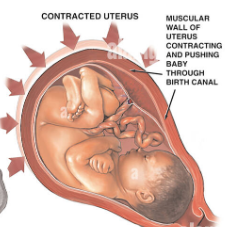
The “5-1-1” rule is a general guideline used to help determine when to go to the hospital or birthing centre during labour. It suggests that it may be time to head to the birthing location when contractions meet the following criteria:
- Contractions occur every 5 minutes or less: This means that the time between the start of one contraction and the start of the next contraction is 5 minutes or less.
- Contractions last for 1 minute: The duration of each contraction is approximately 1 minute from start to finish.
- This pattern of contractions has been consistent for at least 1 hour: The contractions have been occurring regularly, with the frequency and duration mentioned above, for at least 1 hour.
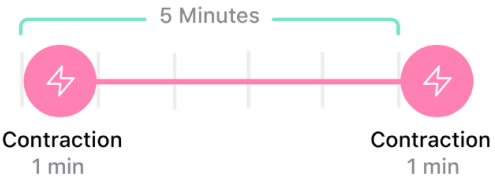
An alternative guideline often used during labour is the “4-1-1” rule.
- Cervical dilation: The cervix starts to efface (thin out) and dilate (open up) to allow the passage of the baby.
- Progression of labour: The baby descends through the birth canal, guided by the mother’s contractions, and the cervix continues to dilate until it is fully open (10 centimeters).
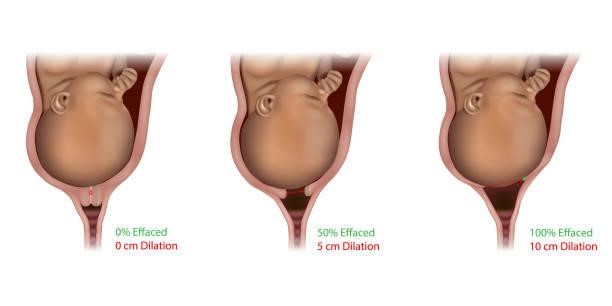
- Fetal descent: The baby moves down through the birth canal and enters the pelvis, eventually passing through the vaginal opening during delivery.
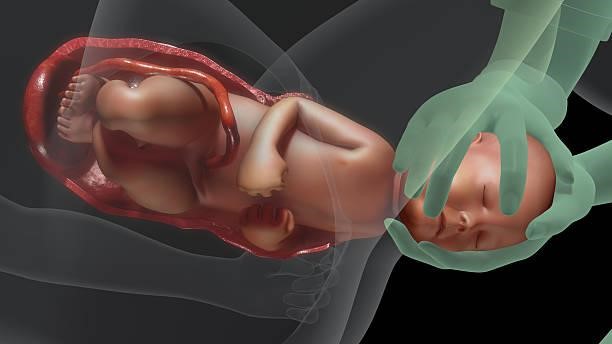
- Adequate fetal heart rate: The baby’s heart rate remains within a normal range throughout labour, indicating good oxygenation and well-being.
Abnormal labour
Abnormal labour, on the other hand, refers to deviations from the expected progress of labour in pregnancy. It may involve difficulties or complications that can potentially affect the safety of the mother or baby.
Some examples of abnormal labour include:
- Prolonged labour: When labour lasts longer than expected, usually beyond 20 hours for first-time mothers (primigravidas) and 14 hours for women who have given birth before (multigravidas).
- Arrested labour: When there is a halt or significant slowing in the progress of labour, with little or no cervical dilation over a period of time.
- Failure to descend: The baby fails to descend through the birth canal despite regular contractions and adequate cervical dilation.
- Fetal distress: Signs of fetal distress, such as an abnormal fetal heart rate pattern, indicating potential problems with the baby’s well-being.
- Malpresentation: The baby is not in the optimal position for delivery, such as the breech (bottom-first) or transverse (sideways) position.
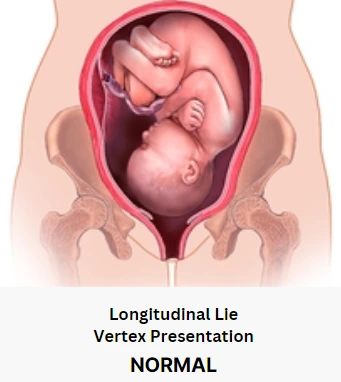
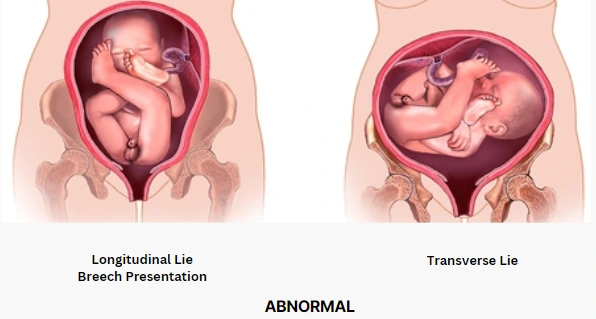
- Placental abnormalities: Complications related to the placenta, such as placenta previa (placenta covering the cervix), placental abruption (premature separation of the placenta from the uterus), placenta accreta (abnormal growth of placenta deep into the uterine wall), placenta increta and placenta percreta (placenta firmly adheres and invades the uterine wall, extending its growth and potentially encroaching upon neighbouring organs).
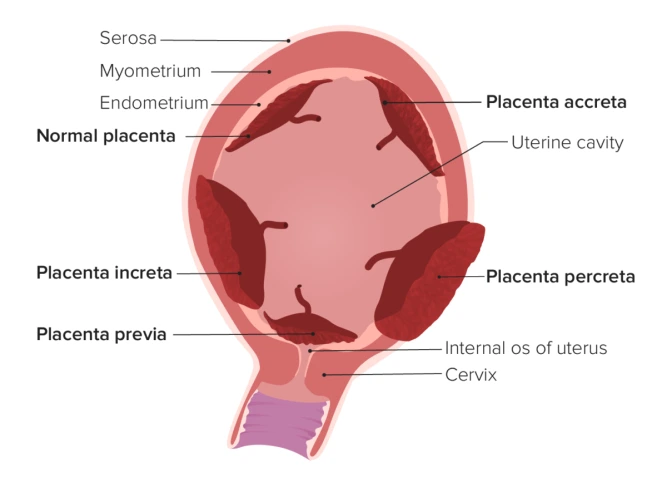
ELLE TENS: Pain Relief and Support during Abnormal Labour

ELLE TENS is a popular device used during labour to provide pain relief and support for women experiencing childbirth. During abnormal labour or dystocia, ELLE TENS can provide some relief and support in the following ways:
- Pain management: Abnormal labour can be associated with intense and prolonged pain. ELLE TENS can help alleviate pain by stimulating the release of endorphins, which are the body’s natural pain-relieving chemicals. The electrical impulses from the device can help block or reduce the perception of pain signals reaching the brain.
- Relaxation and distraction: The gentle electrical pulses delivered by ELLE TENS can help promote relaxation and serve as a distraction from the pain. The device offers various settings and modes that allow the user to customize the intensity and frequency of the electrical impulses, finding a level that provides the most comfort.
- Increased sense of control: During abnormal labour, women may feel a loss of control over the birthing process. Using ELLE TENS can provide a sense of empowerment as it allows the woman to actively manage her pain and participate in her own comfort measures.
- Non-invasive and drug-free option: ELLE TENS is a non-invasive and drug-free method of pain relief. It can be used alongside other pain management techniques or interventions, or as an initial option before considering stronger pain relief methods.
While ELLE TENS can help manage pain and provide support during abnormal labour, it is essential to remember that it may not address the underlying cause of the dystocia.
In conclusion, ELLE TENS can provide valuable pain relief and support during labour, including cases of abnormal labour or dystocia. While it is not specifically designed to overcome dystocia, it can help manage pain, promote relaxation, and provide a sense of control for women experiencing difficult or prolonged labour. Ultimately, the goal is to ensure the safety and well-being of both the mother and baby during labour and delivery.
“Don’t Let Dystocia Define Your Birth: Trust ELLE TENS”





